
Welcome to the ezine produced by SGI Buddhists that prompts the positive, kindles the constructive, highlights the hopeful and leaves you feeling - well, up!

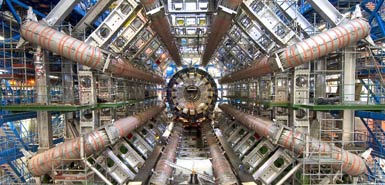 It was all going so well but, as is often the case in life, there are gremlins in the machine.
It was all going so well but, as is often the case in life, there are gremlins in the machine.
It's hardly surprising that something as brutally large and complex as the LHC would be flawless, and so it has come to pass that the stuff of magic has been brought crashing down to earth by a very simple human failing - a wiring fault.
Still not to worry - they will fix this and results should be available about two months later than anticipated last week, but probably still to the original schedule.
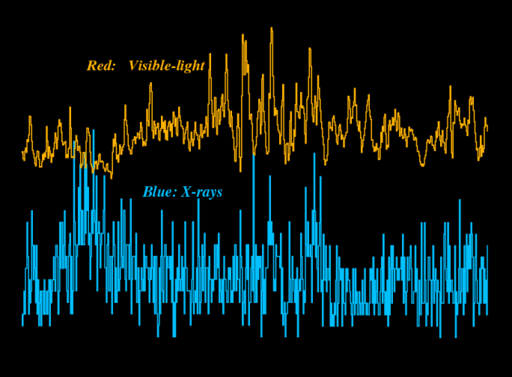
Using the powerful
combination of the VLT and a NASA X-ray satellite,
intriguing patterns of rapid brightness changes have been found in two black holes in
the Milky Way
These patterns provide insight into the way energy is released in the immediate environments of black holes, and support theories in which magnetic fields play important roles in regulating their energy flows.
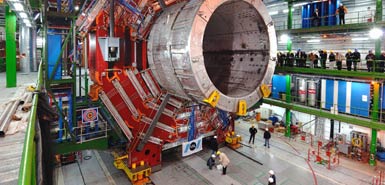 The Large Hadron Collider in CERN goes online this week and it marks the beginning of an exciting new chapter in scientific discovery, writes Phil Becque.
The Large Hadron Collider in CERN goes online this week and it marks the beginning of an exciting new chapter in scientific discovery, writes Phil Becque.
The object of the exersize is to re-create (in miniature) the conditions just after the Big Bang and to see if certain particles are produced. Expectations are that the 'Higgs boson' aka 'The God Particle', may be detected.
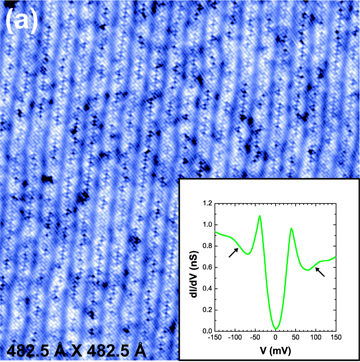 By observing events at the scale of single
atoms, Cornell researchers have found evidence that
the mechanism in high-temperature superconductors may
be much more like that in low-temperature superconductors
than was previously thought.
By observing events at the scale of single
atoms, Cornell researchers have found evidence that
the mechanism in high-temperature superconductors may
be much more like that in low-temperature superconductors
than was previously thought.
"This came as a huge shock," said J.C. Séamus
Davis, Cornell professor of physics, who with colleagues
reports the findings in the Aug. 3 issue of the journal
Nature.
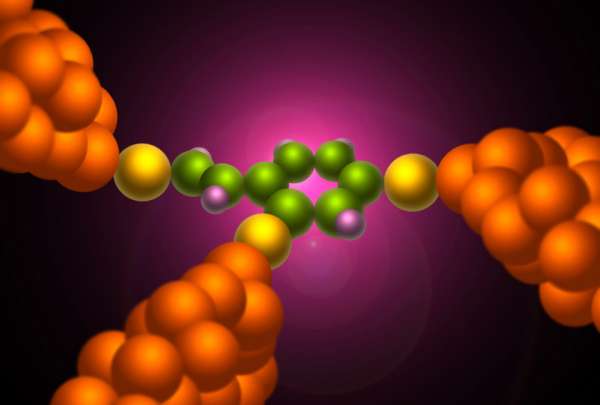
University of Arizona physicists have discovered how to turn single molecules into working transistors
It's a breakthrough needed to make the next-generation of remarkably tiny, powerful computers that nanotechnologists dream of.
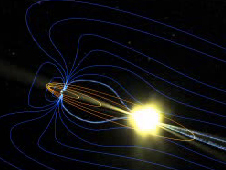 So said Vassilis
Angelopoulos of UCLA, the principal investigator for the Time History of Events and
Macroscale Interactions during Substorms mission - or THEMIS
So said Vassilis
Angelopoulos of UCLA, the principal investigator for the Time History of Events and
Macroscale Interactions during Substorms mission - or THEMIS
Substorms produce dynamic changes in the auroral displays seen near Earth's northern and southern magnetic poles, causing a burst of light and movement in the Northern and Southern Lights.
 A team of European scientists working with COROT have discovered an
exoplanet orbiting a star slightly more massive than the Sun. After
just 555 days in orbit, the mission has now observed more than
A team of European scientists working with COROT have discovered an
exoplanet orbiting a star slightly more massive than the Sun. After
just 555 days in orbit, the mission has now observed more than
The latest discovery, COROT-exo-4b is an exoplanet of about the same size as Jupiter. It takes 9.2 days to orbit its star, the second longest period for any transiting exoplanet ever found, more |

